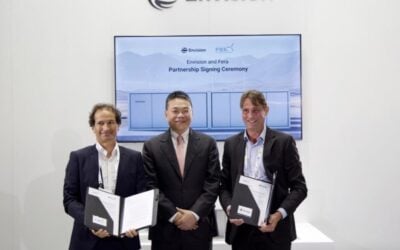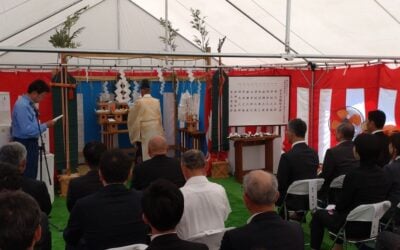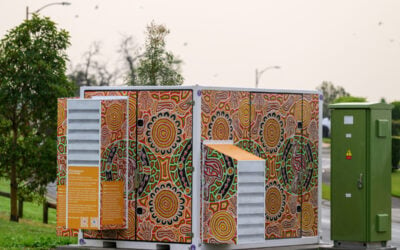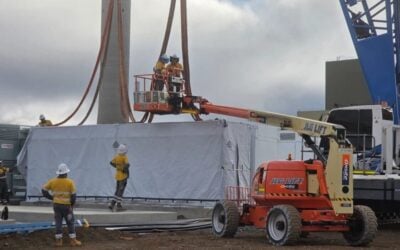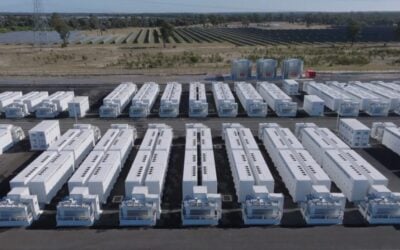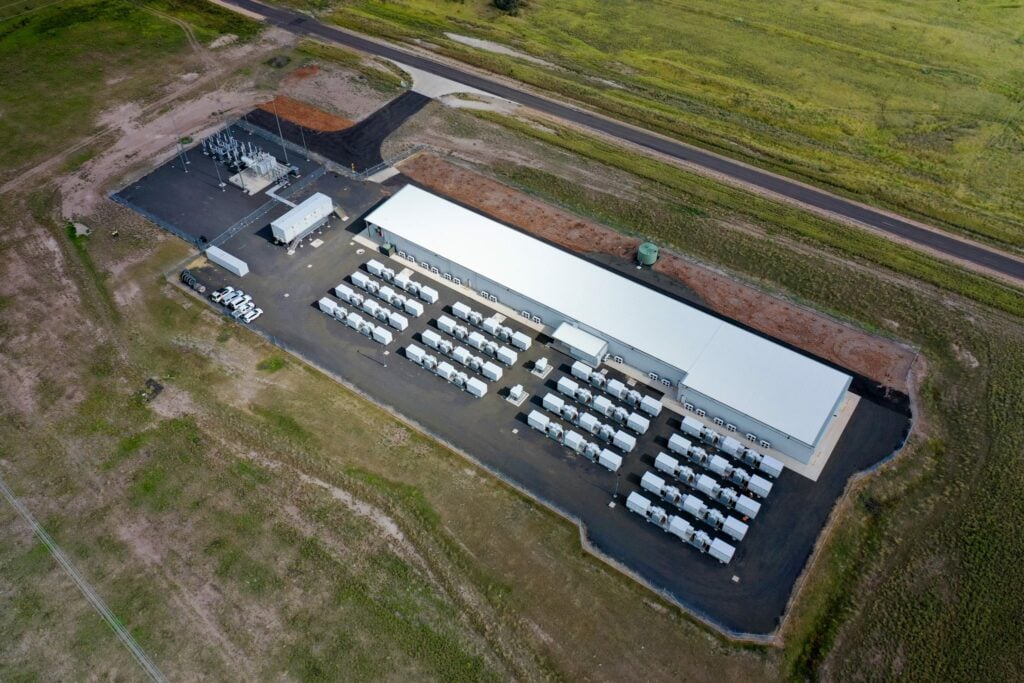
With the opening of the Capacity Investment Scheme (CIS) tender 3 in Australia last Wednesday (13 November), one major question from the state allocations presented in the market briefing was why Queensland had been granted no capacity.
Matt Brine, head of office of the CIS at the Department of Climate Change, Energy, the Environment and Water (DCCEEW), revealed in a webinar yesterday hosted by the Australian Energy Market Operator (AEMO) that the reason behind this was rather simple. Due to the recent election in the state, which saw the right-wing Liberal National Party (LNP) appointed, negotiations did not progress far enough to be settled for the tender.
Enjoy 12 months of exclusive analysis
- Regular insight and analysis of the industry’s biggest developments
- In-depth interviews with the industry’s leading figures
- Annual digital subscription to the PV Tech Power journal
- Discounts on Solar Media’s portfolio of events, in-person and virtual
“We [the DCCEEW] negotiate on a bilateral basis for steps and commitments to remove market barriers and facilitate the deployment of renewable energy. That is whether it is environmental, planning approvals, workforce measures, supply chain, measures, transport, those sorts of things,” Brine said.
“Those negotiations have been very constructive with all the states, including Queensland. Unfortunately, we couldn’t progress those negotiations far enough before the election to allow us to reach a deal whereby we would allocate a proportion of the CIS to Queensland in return for its commitments.”
As reported by Energy-Storage.news earlier this month, Victoria was granted the greatest allocation of dispatchable power in the upcoming tender with 1.7GW/6.8GWh for energy storage. This was from a total allocation of 4GW for dispatchable power, with the Australian government seeking 6GW of renewable energy generation.
New South Wales has been granted 1.3GW/5.2GWh, and Western Australia has been allocated 1.1GW/4.4GWh. 0.9GW/3.6GWh has been earmarked for South Australia, while Tasmania, the Australian Capital Territory, and Queensland have not been given a specified amount.
Despite not being granted a specific allocation, these states that have not been earmarked in any capacity can still bid into the tender.
“Projects in Queensland will, of course, be able to bid in for the unallocated 1.7GW national portion of the tender,” Brine said. “We’ll keep working with the incoming Queensland government and hopefully get to a point where they have a guaranteed allocation by other states in the not-too-distant future.”
Successful early CIS tenders could reduce allocation in later rounds
Another key takeaway from the AEMO’s webinar was the impact successful CIS tender rounds in the early stages could have on later allocations. Indeed, the target for the CIS initiative is to reach its 32GW target by 2032. Still, Brine said that the later capacity of some of the tenders could be directly influenced by how successful the earlier stages are.
“The 32GW target comprises 23GW of renewable energy generation and 9GW of dispatchable power capacity. That’s our target,” Brine said,
“We would like to deliver as many projects as possible within our constraints. If there are a range of high-quality projects coming through in these early tenders, then we will definitely be looking to underwrite as many of them as we can, and that lightens the load for us in future tenders, so we will reduce those targets in the future tenders.”
Brine also added that signing substantial contracts early on could help the DCCEEW achieve its 32GW target in the long term. By requiring smaller amounts of capacity in later tenders, Brine believes this grants more flexibility to tweak the scheme or even cancel contracts and reissue capacity.
“If we overperform in the early tenders, the other benefit from our perspective is that if problems emerge, we can quickly cancel those contracts and reissue that capacity. Whereas, if we have a lot of capacity that is not being tended to until the very end of the screening program, our hands are tied a bit,” Brine said.

